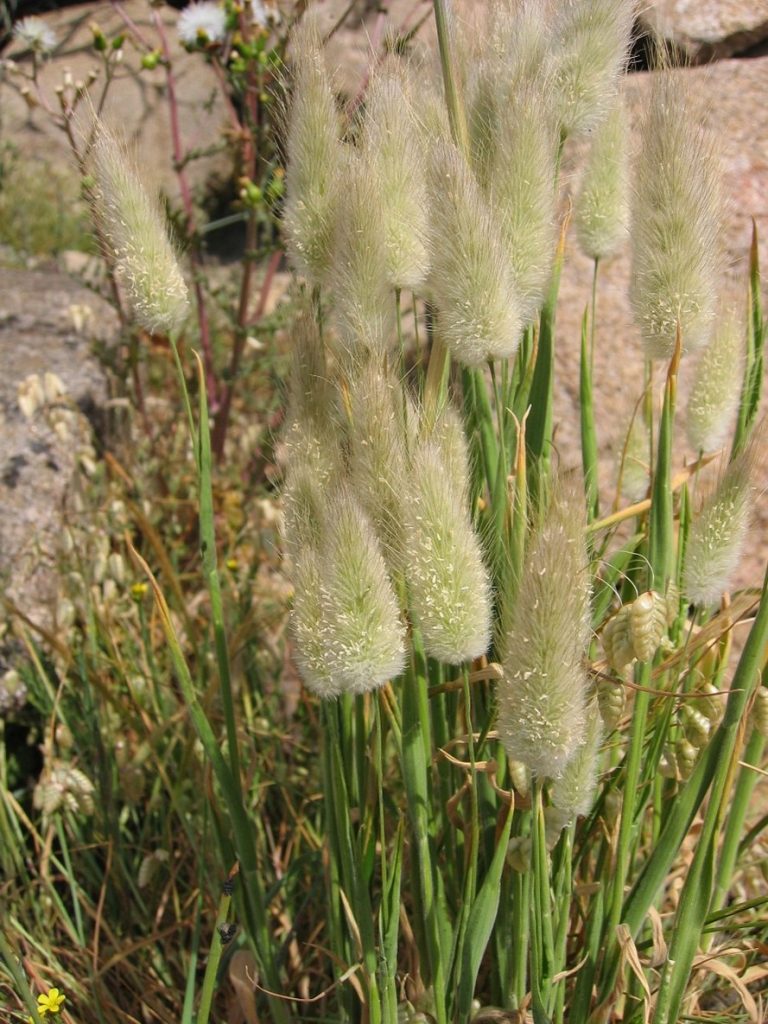




The green shop is distinguished by textures and textures approximated by natural, natural. The material for structures and finishes is mainly natural wood.
The color scheme is close to natural, soft tones with small color accents: pastel shades of green, yellow and orange, black.
Priority delivery of products – Yandex-food, Delivery club (bicycle delivery), eco packaging.
In outdoor landscaping, priority is given to: local biodiversity, plants and herbs listed in the red Book of the region.
Herbs: willow-tea, sage, violet, red clover, lagurus ovatus, bolboschoenus maritimus. They are perfect for objects located mainly in the central and central part of Russia.
Trees: all varieties of willows, birch, coniferous.

Function 1: visual decor of the space, affecting the psychological relief of customers.
Function 2: a showcase for the sale of freshly grown various greens. The rotation of the shelves occurs as the bunches of greenery grow.
A zone of product consumption with elements of education about food culture and characteristics of goods presented in the new conceptual bio-retailer. Provide protection from adverse weather events (for example, direct sunlight, rain, wind), and use a controlled climate indoors.
We assume to create a cafe area.
Power zones contain messages:
The main course version is offered in a reduced or half size and at a lower price compared to a larger regular portion.
The dishes in which the dishes are served have the following parameters:
Reusable tableware is used, including spoons, forks, knives, plates and cups suitable for use in a microwave oven.
The menu should include dishes:
The policy of eating meat dishes:
The inner entrance part of the store is the face of the store. (as a train station – the face of any city).
When entering the store, the entire bio-retailer should be viewed, the buyer should have an overview of the entire store and the ability to choose his movement during the shopping process.
The ceiling height creates a sense of space more comfortable and relieves the saturation of the store shelf space.
The width of the aisles between the shelves – creating comfort for consumers and the opportunity to consider the offered range of products more.
The green store gives priority to solar lighting. Window spans are used as much as possible, additional lighting is laid with an emphasis on grocery areas. The feeling of a customer in a store is “I’m walking through a bright, warm, cozy meadow and collecting herbs and berries (products) necessary to maintain my health.”
The structures are light, low-span, not overloading the space. The store’s products that comply with bio-retailer’s purchasing policies are displayed in accordance with the requirements for the merchandising of shelf spaces.
The green store takes the focus exclusively on human health
and well-being.
WELL supports healthy eating models by expanding access to healthier foods and beverages, limiting access to foods and
ingredients with a high degree of processing, as well as creating an environment that pushes people to make healthier food choices.
Kraft packaging with the content of a color label on the front of the package – 30%
Craft packaging in the range of black and white + 1 of the shades of the bio-retailer’s corporate identity (pastel shades of green, yellow and orange, black) can use – 70% of the packaging.
Nutrition information is clearly displayed (for each dish or product) on the packaging, menu or signage for all packaged foods and beverages sold in TT:
The requirements are met for all unpackaged food and beverages sold or displayed in the tt.
The Green Store provides detailed nutrition information, ingredient disclosure, and labeling of food allergens. Callorage and BZHU in the menu of the cafe and restaurant.
Products on the shelves are marked separately:
Whole grain products do not cost more than their refined grain counterparts (i.e. brown rice does not cost more than white rice).
All food and beverages do not contain partially hydrogenated oils.
Nutrition criteria should be based on dietary, scientific or medical data or recommendations.
The share of products sold (20%) is certified – special labeling (gluten free, sugar free, certified organic, Certified Humane®, or certified by a GSSI-recognized Seafood Certification Scheme, food from local farms).
Blue 1 (E133), Blue 2 (E132), Green 3, Orange B, Citrus Red 2, Red 3 (E127), Red 40 (E129), Yellow 5 (E102), Yellow 6 (E110), Carmine, Cochineal extract, Caramel dye
acesulfame-potassium (acesulfame-k), aspartame, saccharin, sucralose, cyclamate
sodium nitrate, sodium nitrite, potassium bromate, iodate, propyl gallate, BHA (butylated hydroxyanisole), BHT (butylated hydroxytoluene), BVO (brominated vegetable oil)
Training can take place in the form of trainings, brochures, videos, posters, brochures, newsletters and/or other written or online information, in a store or online space.
Author: Marina Kupriyanova